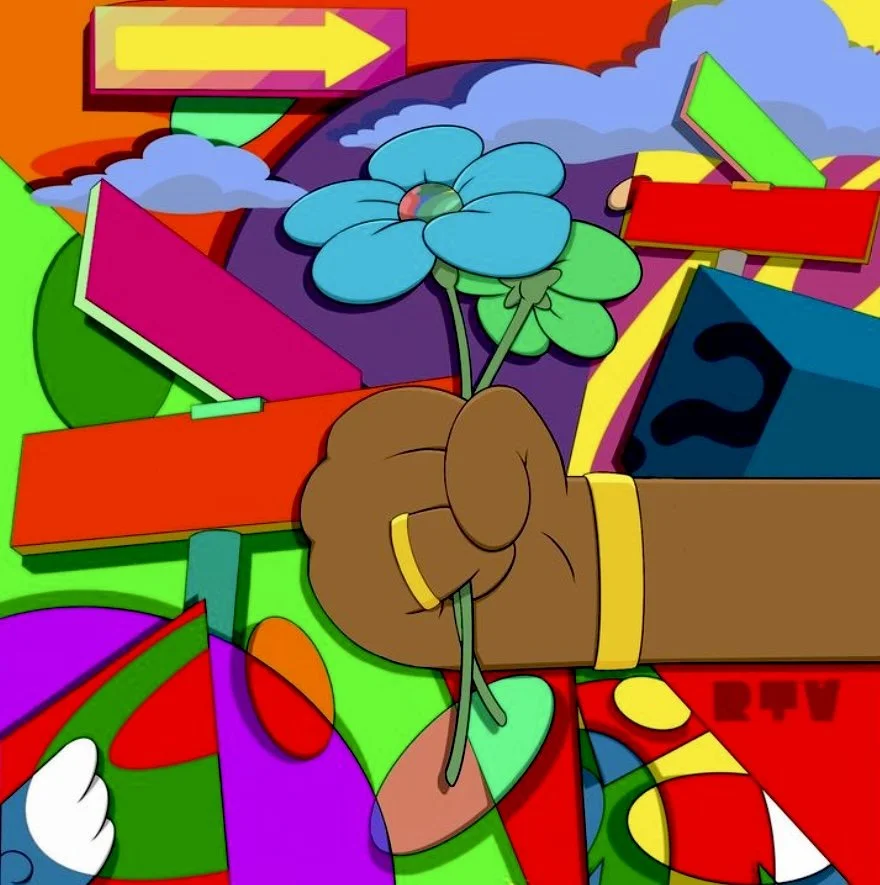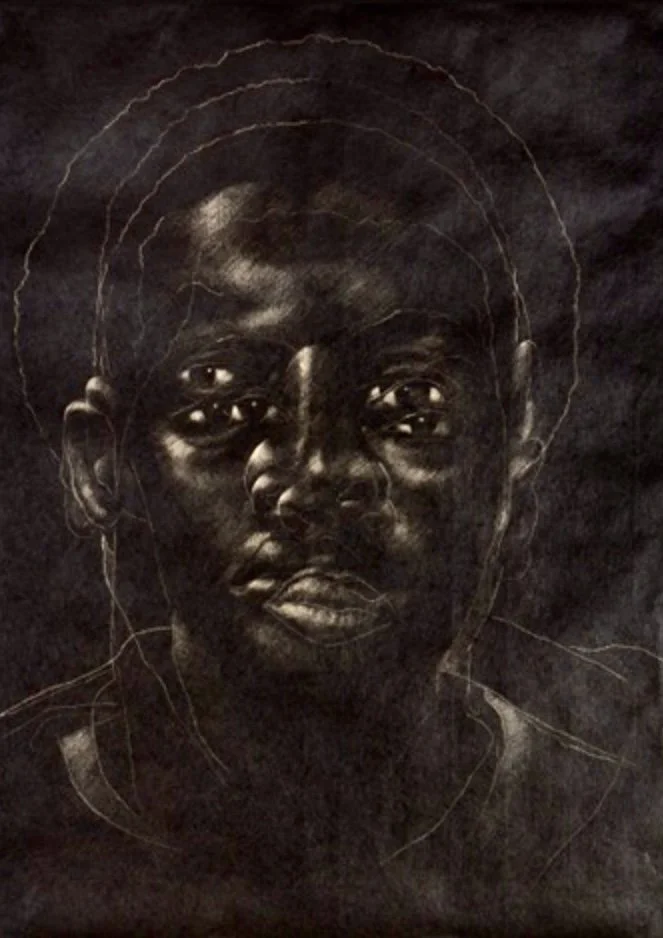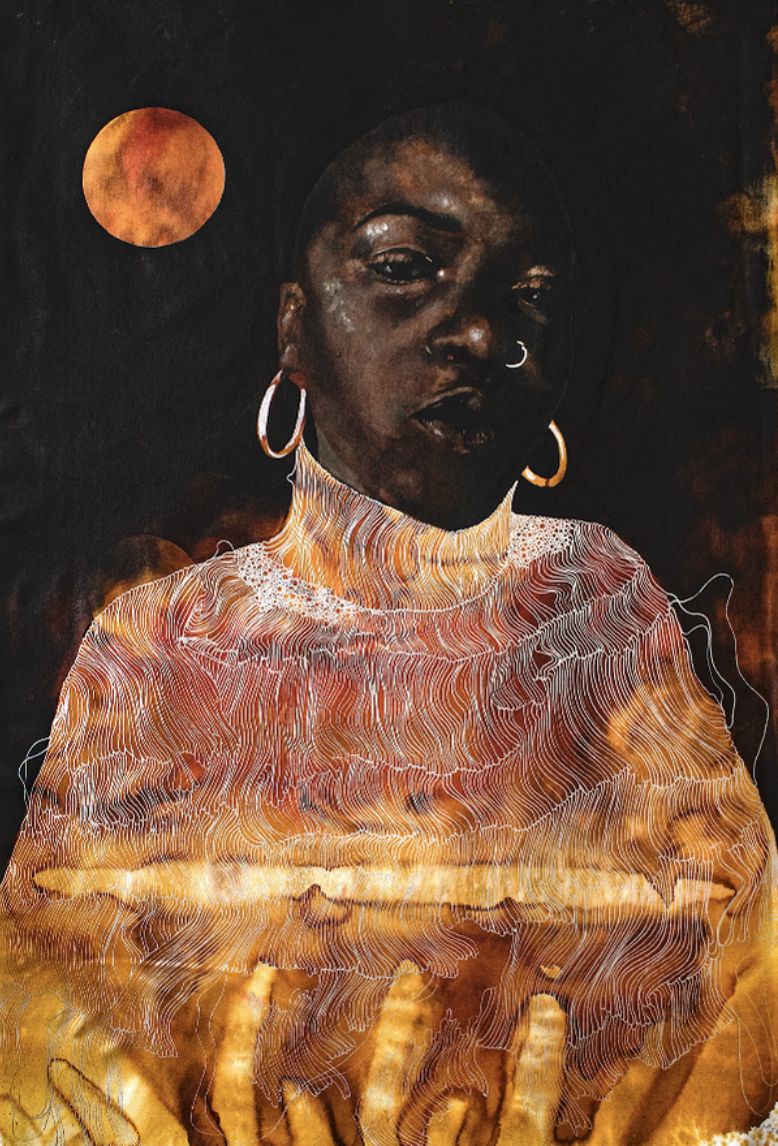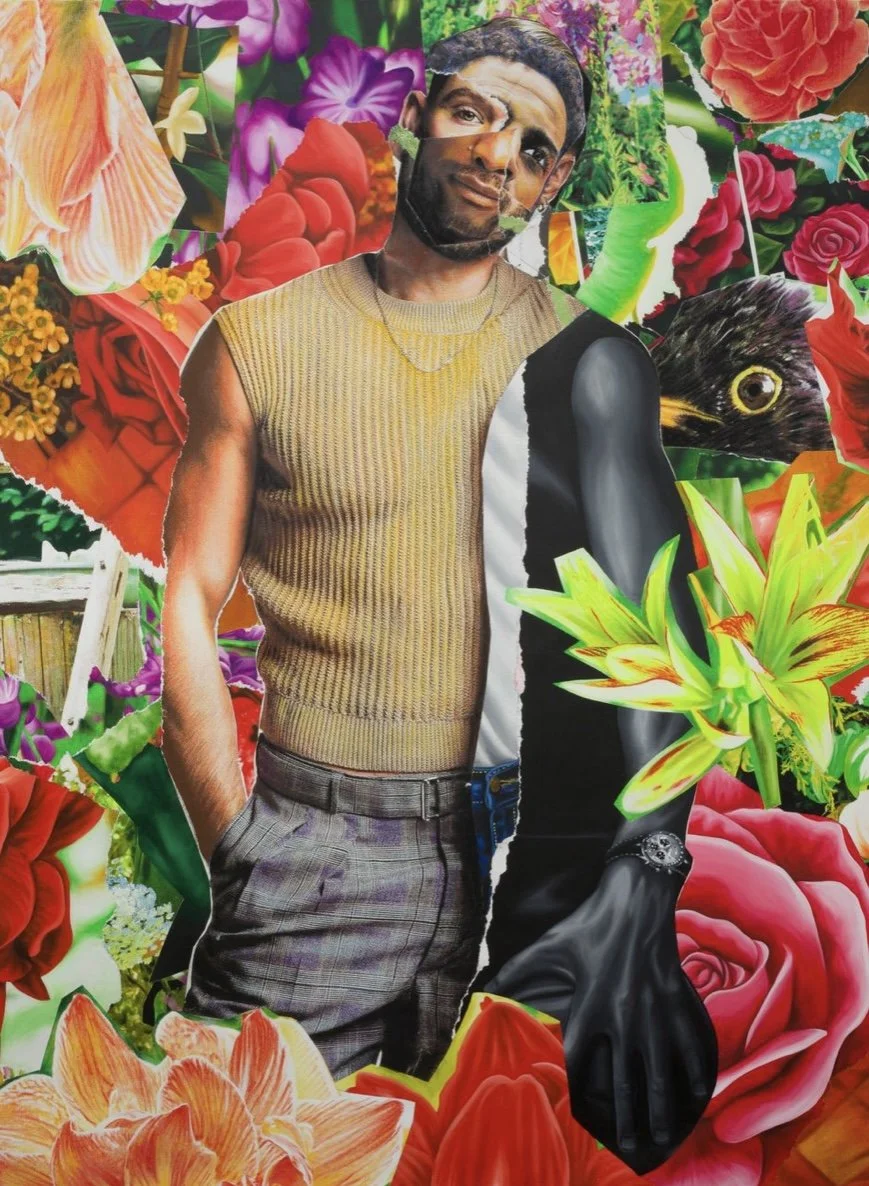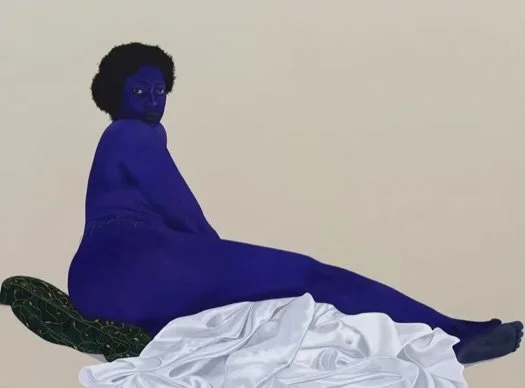The Cultural Canvas.
Created by our Summer 2022 Harvard Alumni for Black Advancement interns Jordan Taylor (Spelman ‘22) and Alexis Logan (Harvard ‘23),, The Cultural Canvas is a seasonal blog that aims to create space for the recognition of artists whose work(s) contribute to the preservation of beauty and personhood within Black culture. It acknowledges the role of personal history and perspective to crafting art, and explores how we, as a society, can support and protect these identities. We are very excited to share this new series!
Be sure to return to this page every summer for new content.
The South Got Somethin' to Say: A Look At Southern Black American Art
The American South has long had a sour reputation of being the hub of America's racism and much of this is true. However, we rarely discuss Southern Black Americans and their infliuence on what we call Black American Art. Does the South have somethin’ to say?
Dear Readers,
I hope you’re listening.
Sincerely,
A Concerned Creative
Artists use their artistic capabilities to predict, explore, and shape our future. They make the world vibrant and beautiful, but why does it seem like they often fall short when it comes to respect, recognition, and funding. Whether it be front and center or behind the scenes artists work in diverse settings ranging from studios, schools, parks, cultural institutions, and technology. Their contributions illuminate the human experience. You may not even realize the presence art brings to you daily, but it is easier to grasp when you think about a world without the arts. let's do better and give them their flowers…
Textile, Who?
Historically, textile is an inextricable medium for Black art. From the continent to the Americas, and every place in between, textiles have played an important role in the way we view black art. But why is that? Could textiles be the essence of black art?
a shared experience: one that Transcends borders, connects people, and fosters a deeper appreciation
African art and African American art showcase noticeable differences in how they approach identity, culture, and representation of Black people. By acknowledging and appreciating these differences, we can gain a further understanding of the diverse artistic complexity, beauty, and resilience of Black individuals and communities throughout history and around the world. Therefore bringing an opportunity to explore ancestral connections while simultaneously welcoming cultural fusion and continuity in old and new ways.
South African Art: A Look Into the Innovators of the Continent
Through our American eyes, Black Art is mostly viewed as a lane denominated by Black Americans. In some ways, this is true however, there is a new group emerging throughout the diaspora that are making a name for themselves within the art world. This article will spotlight the growing trend of South Africa artistry, what makes their work so innovative and exciting to the masses while also showcasing why the history of South African art is just as important as the present.
It’s A Strange Time to Be Black In America: reality invented By The Art
By: Liza Montgomery
Afro-Surrealism serves as a socially conscious gateway entry for repurposing and reinventing lost histories and legacies of African Americans through present-day art making. This genre of art opens viewers to a world of absurdity by the pushing boundaries of reality. This cultural and artistic movement combines various elements from African cultural heritage with surrealist art. Afro-Surrealism provides artists a safe space to express their exploration and reclamation of Black identity and experience. With this extraordinary art style, the artists and the viewers delve into art through a dream-like lens that includes abstract elements and vivid imagery. Ultimately, this fusion of imagination and creativity explores the complexities of the Black experience and Black history, while at the same time rewriting present and future histories.
Hues of Blackness: The Redefining of Skin Tones Within Black Art
By: Liza Montgomery and Connor Joseph
Historically, Black Art has relied heavily on “accurate' representation of black people. This can range from occupation, to emotion, and even down to physical appearance, however a new wave of creativity in relation to skin tone within Black Art has taken over which ditches the traditional for the non-conventional. Through the use of vibrant colors, artists have been challenging traditional descriptive tones for Black people by replacing traditional color schemes with more broader color palettes. Which allows viewers to engage in new ways because it allows a wider artistic and cultural context. This gives rise to questions about redefining racial identity and the meaning of blackness.
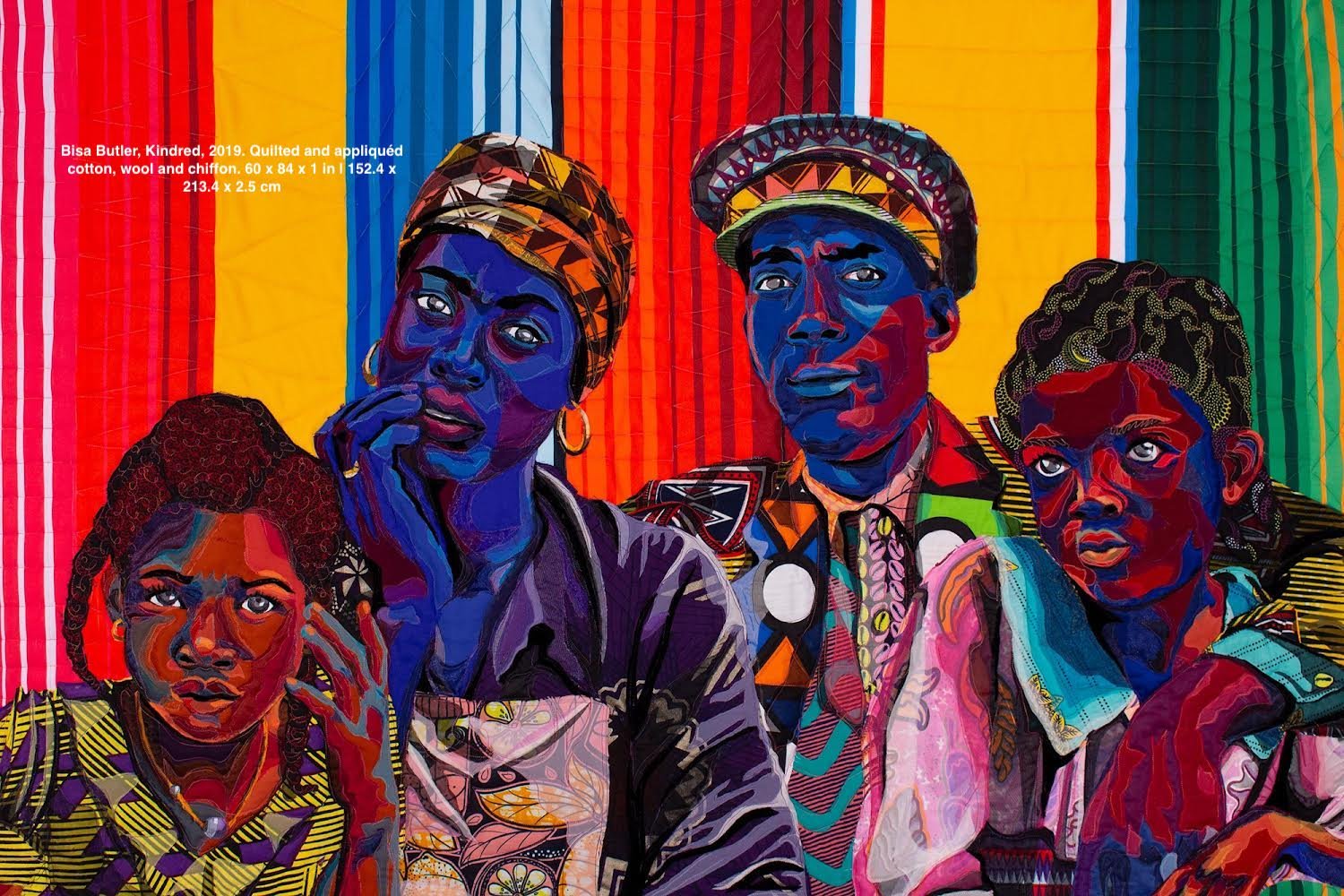
“Put Your Money Where Your Mouth Is : Exploring Emerging Artists”
It’s the final blog already?? Tune into this week’s blog to see how we’ve commemorated our discussions over the past few weeks. In deciding to base our series in cultural preservation, we felt it was only right to become part of the effort. We chose two artists that we feel represent the culture and whose works we love. Read more to hear about Amari Arrindell and Jetta Strayhorn.
By Jordan Taylor and Alexis Logan
Last Blog Post of the summer
-
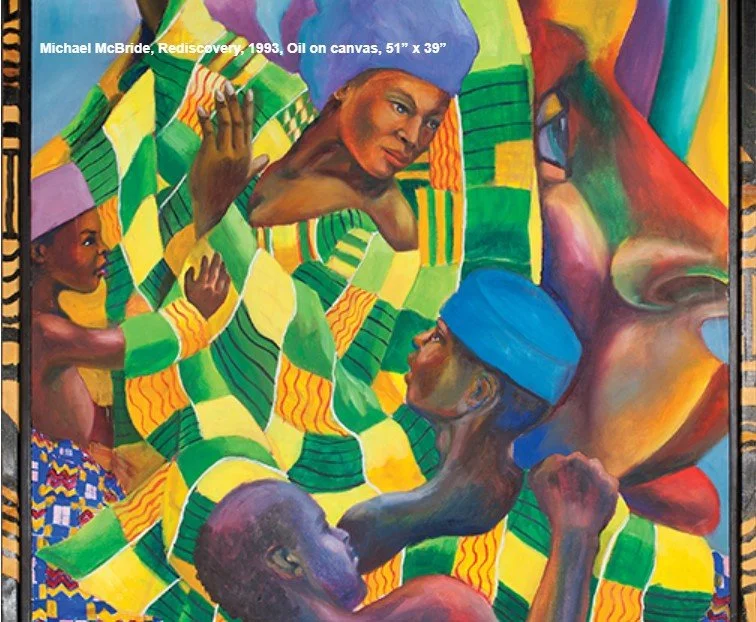
Jordan Taylor
To read essays by Jordan Taylor, click the button below.
-
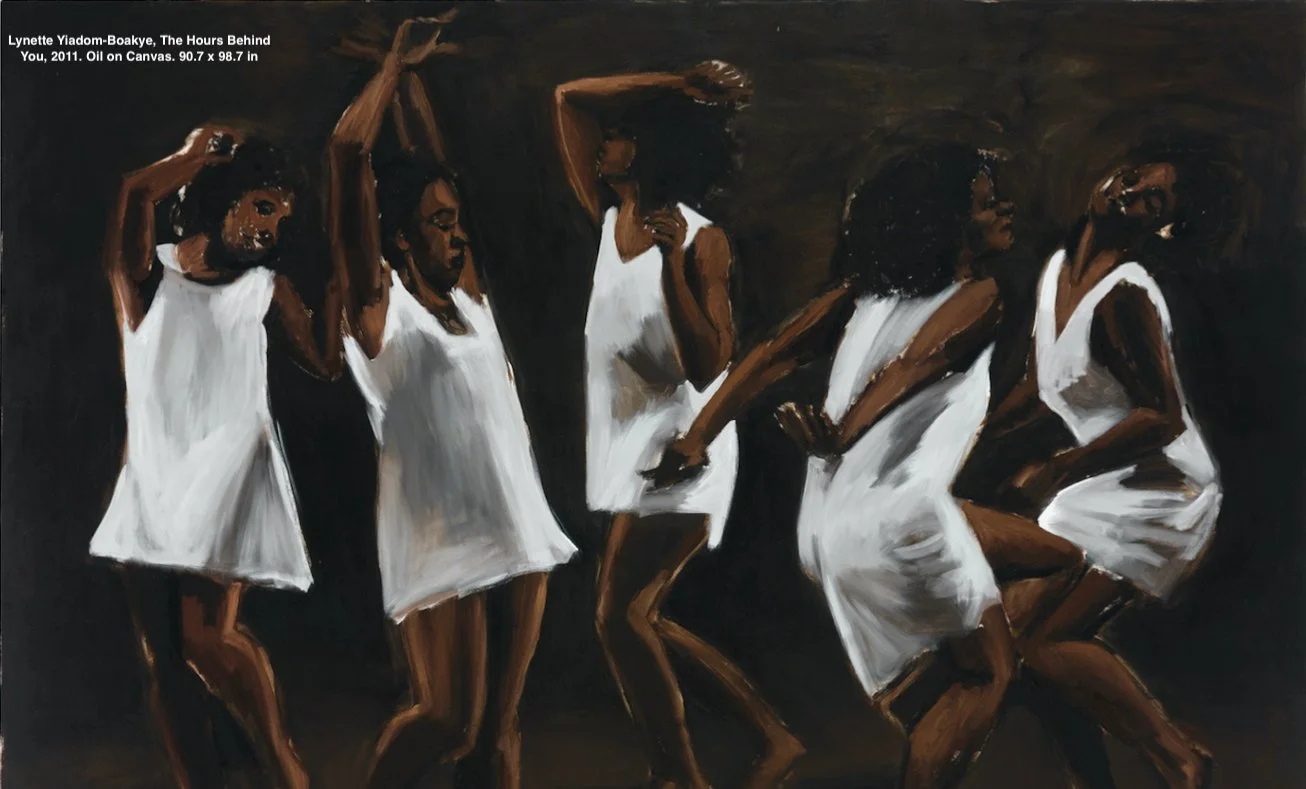
Alexis Logan
To read essays by Alexis Logan, click the button below.
-
Connor Joseph
To read essays by Connor Joseph, click the button below
-
Liza Montgomery
To read essays by Liza Montgomery, click the button below.



